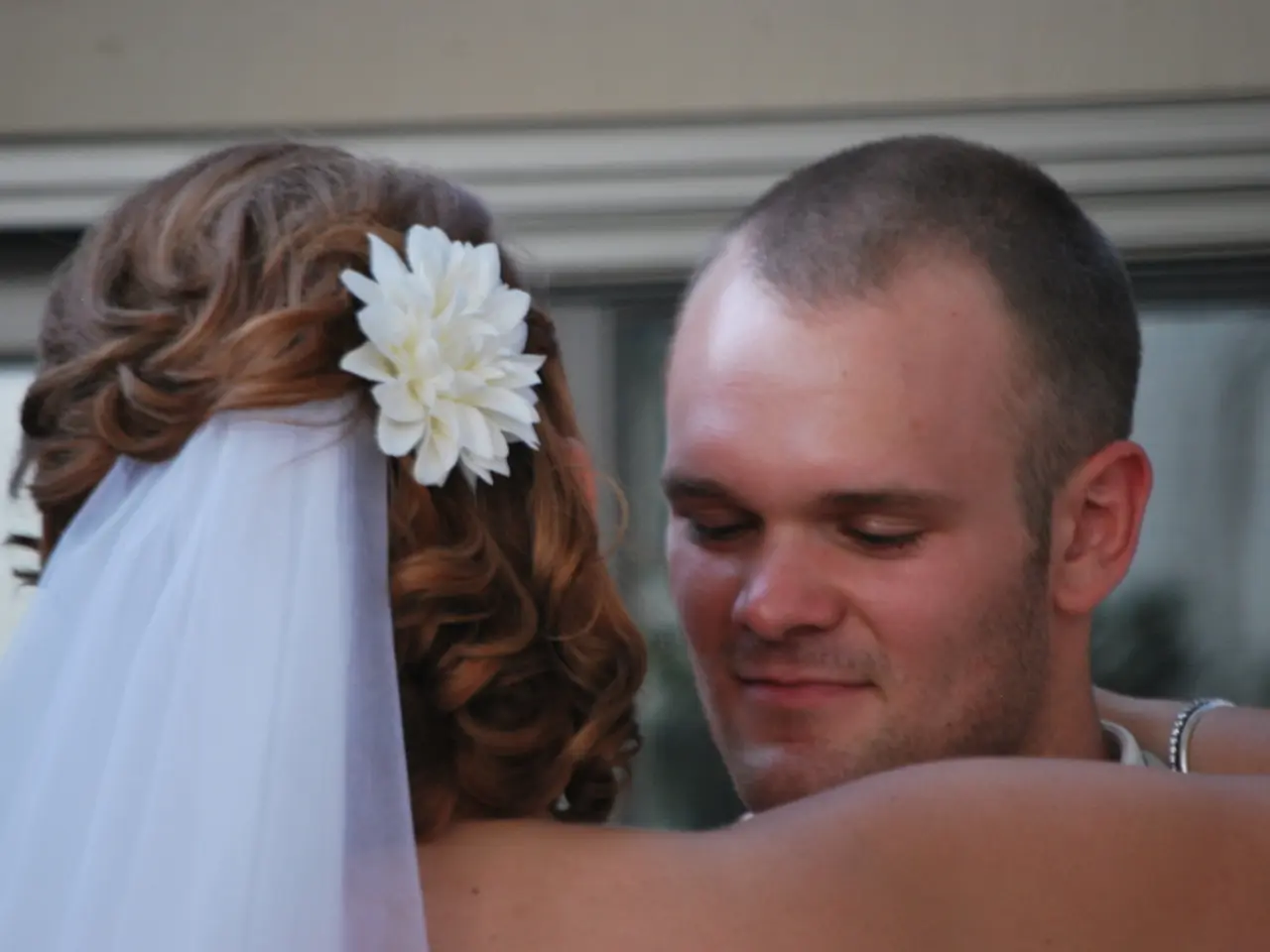Four Attachment Styles Explained: A Simple Introduction
In the intricate tapestry of human connections, four main attachment styles in romantic relationships—secure, anxious, avoidant, and fearful-avoidant (disorganized)—each have distinct characteristics shaped largely by early caregiving experiences.
**Secure attachment** individuals maintain a healthy balance of intimacy and independence. They trust their partner and communicate needs effectively, rooted in stable early emotional experiences. Secure individuals, often referred to as 'Cornerstones,' are comfortable with closeness and separateness in relationships, providing a solid foundation for a harmonious partnership.
On the other hand, **anxious attachment** leads to hypervigilance about relationship security. These individuals, known as 'Open Hearts,' may become clingy or jealous, reacting strongly to perceived signs of abandonment because of early inconsistent caregiving. Open Hearts, with a desire for a lot of closeness with a partner, may struggle in their relationships or friendships or when parenting their own children.
**Avoidant attachment** features a preference for emotional distance and self-sufficiency. These individuals, often referred to as 'Rolling Stones,' often suppress feelings and avoid closeness, having learned early on that dependence might lead to shame or rejection. Rolling Stones tend to demonstrate behaviors such as sensitivity to requests, viewing generosity as manipulation, avoiding commitment, and struggling with perfectionism and fears of failure.
**Fearful-avoidant (disorganized) attachment** combines elements of both anxious and avoidant styles, with individuals oscillating between wanting closeness and fearing it, often resulting in emotional instability and difficulty managing moods. This style is often related to trauma and unresolved emotional issues from childhood. Fearful avoidant or disorganized attachment style is sometimes considered a combination of anxious and avoidant behaviors.
Individuals with a fearful-avoidant attachment style, also known as 'Spice of Lifers,' demonstrate unpredictable, confusing, or erratic behavior, sometimes with no apparent trigger. Spice of Lifers may struggle to self-soothe and have difficulty allowing others to help them co-regulate their emotions. They pick fights and test the limits of their partner's affection, and are prone to acting out in various ways, including sexual infidelity, ending a relationship on a whim, or picking up an addiction.
Spice of Lifers usually attract other partners with insecure attachment styles, and so each partner is constantly feeling triggered, because for the Spice of Lifer, their attachment figures are considered a source of both comfort and threat. They struggle to make sense of their experiences and have trouble remembering and/or forming coherent narratives about their past. It may be difficult for them to open up to others or to seek out help.
Understanding these patterns is crucial for improving relationship dynamics, emotional intimacy, and communication. Attachment styles are unique blueprints for how individuals give and receive love, learned in childhood and through adult romantic relationships. A licensed and board-certified creative arts therapist, author, and educator offers a psycho-spiritual approach to attachment styles to help insecure lovers navigate their relationships more effectively.
- Secure attachment individuals, known as 'Cornerstones,' establish a harmonious partnership by maintaining a balance between intimacy and independence, rooted in their stable early emotional experiences.
- Anxious attachment leads to 'Open Hearts' who struggle due to hypervigilance about relationship security, often reacting strongly to perceived signs of abandonment, influenced by early inconsistent caregiving.
- Avoidant attachment, or the 'Rolling Stones,' prefer emotional distance and self-sufficiency, suppressing feelings and avoiding closeness, learned from early experiences that dependence might lead to shame or rejection.
- Fearful-avoidant (disorganized) attachment, or the 'Spice of Lifers,' combine elements of anxiety and avoidance, reacting unpredictably and struggling with emotional instability, often due to unresolved childhood trauma.
- Individuals with a fearful-avoidant attachment style attract other partners with insecure attachment, resulting in a constant triggering of feelings, as their attachment figures are both comforting and threatening.
- Understanding these patterns can improve relationship dynamics, emotional intimacy, and communication, offering a unique blueprint for giving and receiving love shaped by early experiences and adult romantic relationships.
- A psycho-spiritual approach to attachment styles, offered by a licensed and board-certified creative arts therapist, author, and educator, can help insecure lovers navigate their relationships more effectively, promoting better health-and-wellness, mental-health, and overall lifestyle.




